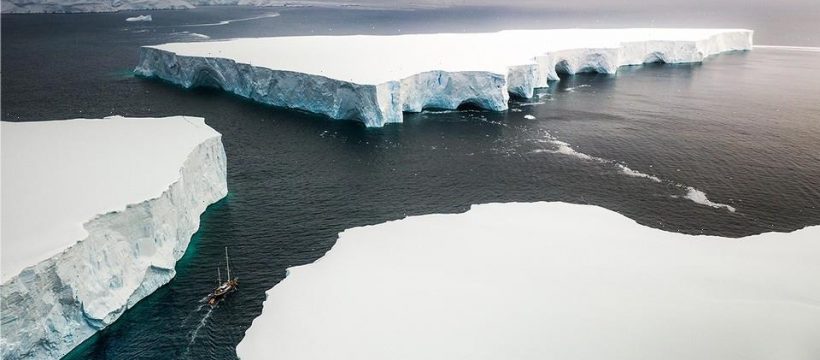Nature Geoscience has just published new findings regarding the Thwaites Glacier in the Antarctic. Also given the ominous name the “Doomsday Glacier” for its sheer size — it is as big as the state of Florida — and its impact on rising sea levels, the Thwaites Glacier is retreating at an alarming rate.
Although it wouldn’t actually be the end of the world if it were to break off into the ocean, its effects on the surrounding area and nature could lead to a chain reaction in the West Antarctic ice sheet, which in total, holds enough ice to take the sea level up by 15 feet — causing irreparable damage to coastlines around the world.
The Thwaites Glacier has been monitored as early as 1973 where in the ’80s it was discovered that, rather than being fixed to land, it was embedded into the seabed where warming currents were melting it from the bottom. Its grounding line was receding by about 0.6 miles a year up until recently where that number has now doubled. Up to 100 billion tons of ice from the Thwaites Glacier is melting a year — twice as fast as 30 years ago.
In 2021, it was estimated that the ice shelf had five years until collapse, but these new findings could mean much sooner. Scientists are looking for solutions to slow down the retreat while addressing the growing list of issues as a result of climate change.
In other science news, NASA releases audio of what a black hole sounds like.
Source: Read Full Article
